What if Africa's borders were drawn differently during the 1884 Berlin Conference?
Imagine an alternate timeline where European colonizers partitioned the continent based on shared cultural identities and ancient kingdoms rather than arbitrary lines on a map.
This scenario raises intriguing questions about how Africa's political, economic, and social landscape might have evolved.
Would nations built around common ethnicities and languages have led to greater stability and prosperity, or would new conflicts have arisen from long-standing rivalries and competing interests?
Colonial Powers
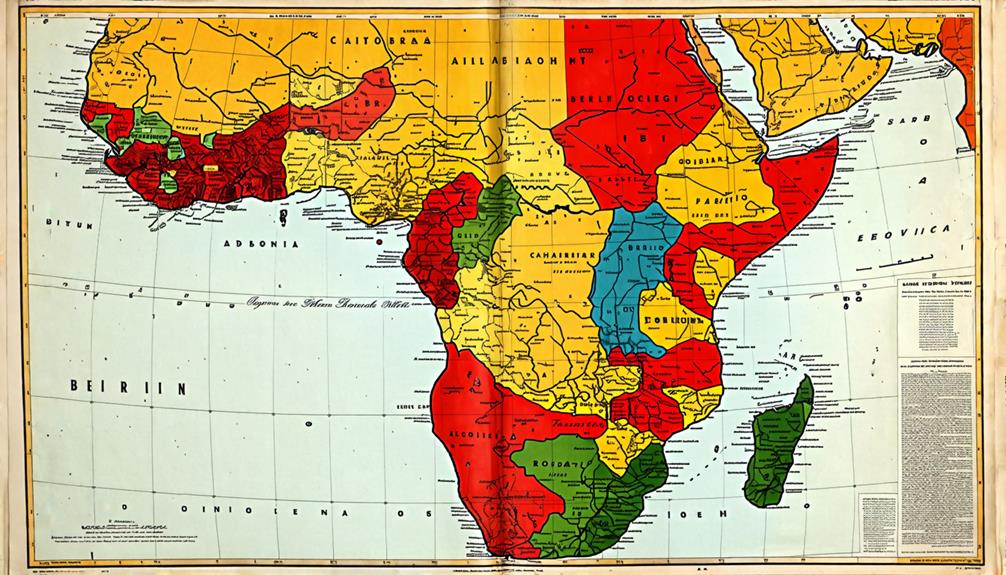
In an alternate history, if the European colonial powers had partitioned Africa differently in the late 19th century, the continent's fate could have taken various paths.
One theory is that borders drawn along ethnic and linguistic lines might've reduced conflict, but it's also possible that this could have intensified rivalries between more homogeneous states. Another view is that different colonial administrations and policies could have led to disparities in development and infrastructure across the continent.
Interestingly, some of the colonial powers did attempt to redraw African borders in the early 20th century, such as the British adjustment of the border between Nigeria and Cameroon in 1914.
However, most borders remained largely unchanged until African nations gained independence in the mid-20th century.
It's impossible to know for certain how Africa would have fared with different colonial borders, but it's clear that the legacy of colonialism continues to shape the continent to this day.
Ethnic Boundaries
In an alternate history where Africa's borders were redrawn along ethnic lines, countries like Nigeria would have been divided into separate nations for the Yoruba, Igbo, Hausa and other major groups.
While some believe this could have reduced internal ethnic conflicts, others argue that challenges would have remained due to diverse subgroups within each ethnicity and unclear boundaries where populations intermingle.
Interestingly, such ethnicity-based partitions were later attempted in a few African regions during the post-colonial period, though not on the scale of the entire continent.
The long-term impacts of this alternate scenario on Africa's political and economic trajectory compared to our timeline remain a subject of debate and speculation among historians.
Resource Distribution
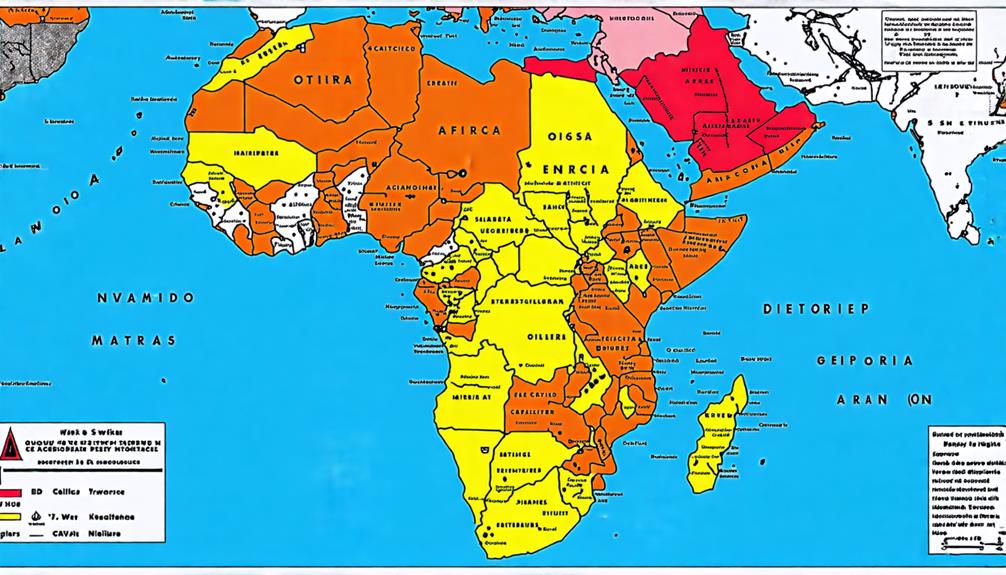
If Africa's borders had been redrawn along ethnic lines, it's likely that the distribution of natural resources would have been dramatically altered among the newly formed nations.
One theory is that this could have led to some nations being blessed with abundant riches, while others would have been left struggling with limited resources.
It's possible that this uneven allocation might've fueled greater economic disparities, regional tensions, and conflicts over access to essential resources.
While this specific scenario didn't occur during the colonial era, there have been instances in more recent history where borders in Africa have been redrawn, such as the separation of South Sudan from Sudan in 2011.
Political Stability
In an alternate history where Africa was partitioned along ethnic lines, political stability across the continent could have looked quite different. One theory is that countries with borders more closely aligned to tribal identities may have experienced less internal ethnic tension and conflict.
However, the viability and success of these smaller ethnically-defined states would likely have varied significantly based on factors such as their geographic size, population, and economic resources.
It's worth noting that while the initial 'Scramble for Africa' occurred in the late 19th century, there have been some more recent instances of borders being redrawn, such as the division of Sudan into two countries in 2011 based largely on ethnic and religious lines.
Economic Development
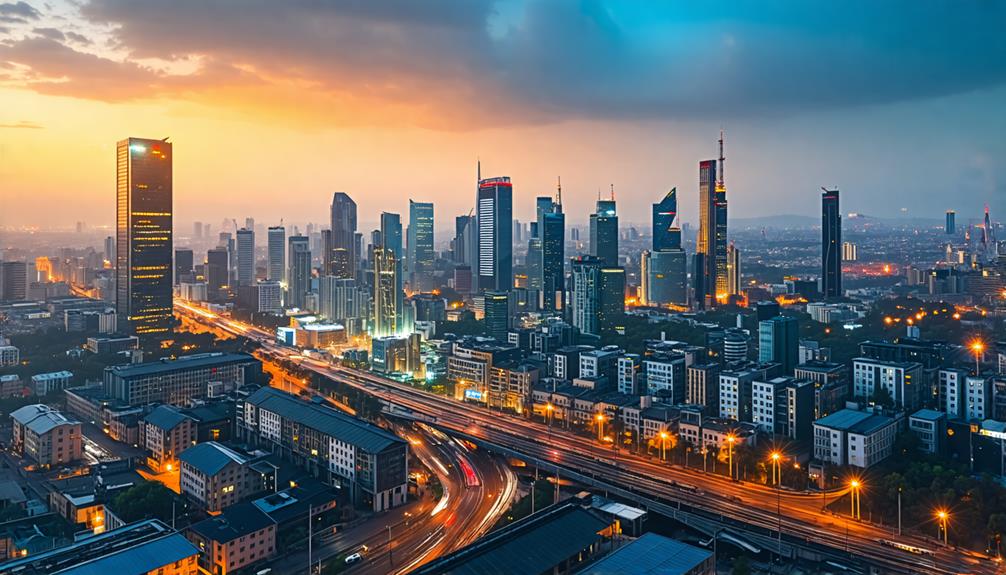
In an alternate timeline where African borders were redrawn along ethnic lines, the economic trajectories of these new nations would have been shaped by factors like resource distribution, trade route access, and agricultural fertility.
One theory is that resource-rich states could have experienced rapid growth, but potentially faced challenges like the 'resource curse' and economic volatility. Conversely, landlocked territories might've struggled to integrate with global markets and attract foreign investment.
Agriculturally fertile regions would have had a strong foundation for ensuring food security and developing agro-export industries. However, if the redrawn map resulted in numerous small, fractured states, they could have faced hurdles in achieving economies of scale and regional economic integration.
It's worth noting that this hypothetical remapping of Africa was actually attempted in 2011 by the African Union, albeit with the goal of creating larger, more economically viable states rather than strictly along ethnic lines.
The complex endeavor was ultimately not implemented, leaving the question of its potential impact open to speculation.
Pan-African Movement
In an alternate history where Pan-Africanism played out in an ethnically divided Africa, the movement's impact would have been intricate and varied.
One possibility is that it could have fostered stronger political unity among black Africans, who were bound together by their shared experience of colonial subjugation. However, the diverse ethnic nationalisms might've simultaneously hindered Pan-African solidarity.
Another potential outcome is that cross-border ethnic connections could have facilitated enhanced regional collaboration.
The extent of Pan-Africanism's sway would have ultimately hinged on its capacity to overcome ethnic divisions and cultivate a cohesive African identity.
It's worth noting that a similar scenario did occur later, with the formation of the Organization of African Unity in 1963.
Regional Cooperation
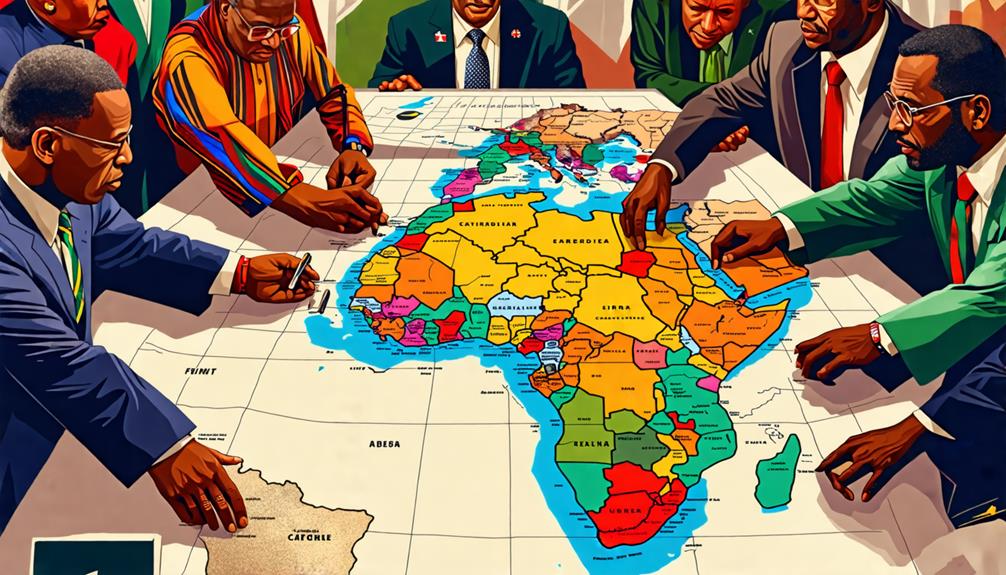
In an alternate Africa, the rise of ethnic nationalisms might've paradoxically led to stronger regional cooperation, even as they posed challenges to broader Pan-African unity. One possibility is that shared cultural ties and common economic interests within regions could have driven increased collaboration between neighboring states.
It's conceivable that regional blocs would have emerged, leveraging their collective bargaining power in global affairs while pooling resources for major infrastructure projects. While maintaining distinct identities, these blocs may have cooperated closely on internal matters.
Interestingly, a similar scenario did play out to some extent in post-colonial Africa, with the formation of regional economic communities like ECOWAS and the EAC. However, in this alternate timeline, such regional integration could have been even more pronounced as a result of surging ethnic nationalisms.
Linguistic Diversity
In an alternate history where Africa's linguistic diversity was celebrated, various theories suggest different outcomes. One possibility is that the hundreds of thriving indigenous languages, each with unique scripts, literatures, and oral traditions, could have led to a rich cultural tapestry and fostered cross-cultural understanding.
However, it's also possible that the challenges of multilingualism might've hindered communication and cooperation across the continent.
Interestingly, a similar scenario did occur in India, where linguistic diversity has been embraced post-independence. India recognizes 22 official languages and hundreds of dialects, which has contributed to its vibrant cultural heritage but also posed challenges for national unity and governance.
Religious Influence
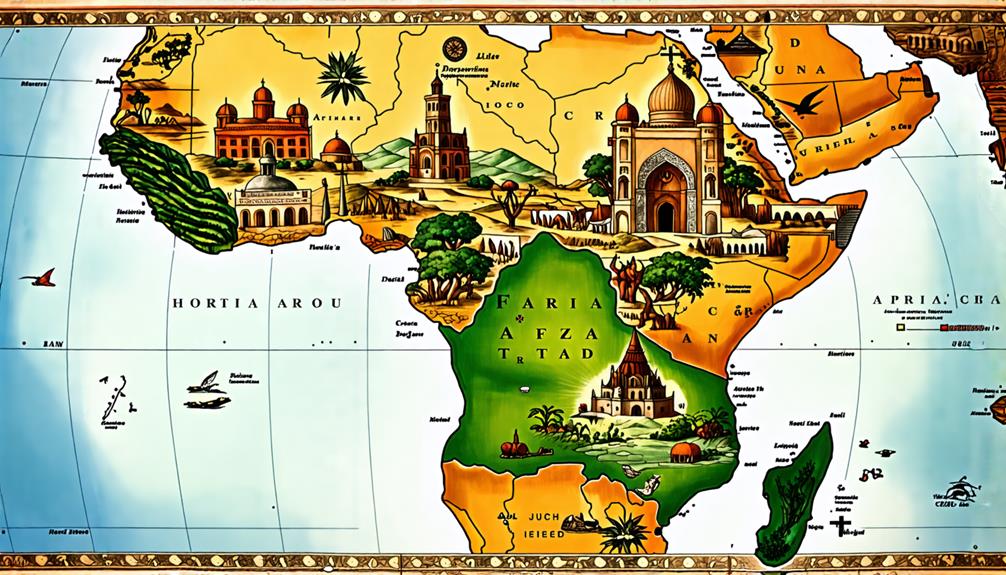
In an alternate timeline where Africa was partitioned differently, religion would have played a significant role in shaping the continent's cultural landscape. One theory is that altered religious demographics could have led to shifts in political power dynamics, as religious affiliations often influenced governance and alliances.
It's possible that changes in territorial boundaries would have resulted in the emergence of syncretic belief systems, combining elements from various religions. This could have meant modifications to social norms and practices, as religious beliefs often dictate aspects of daily life and cultural traditions.
While this particular scenario didn't occur historically, it's worth noting that similar events took place during the Scramble for Africa in the late 19th century, when European powers divided the continent based on their own interests. The resulting colonial boundaries, which often disregarded existing ethnic and religious groups, have had long-lasting effects on Africa's political and social landscape.
Alternate Timeline
In this alternate timeline where the Berlin Conference never took place, Africa's political landscape would have developed based on indigenous factors.
One theory suggests that powerful empires like the Ashanti, Zulu, and Ethiopian kingdoms might've expanded their territories, leading to a continent dominated by a few large states.
Another possibility is that without colonial interference, Africa would have remained a patchwork of smaller kingdoms, city-states, and tribes, each with its own unique culture and political system. This could have meant a more diverse and complex Africa, but also one more prone to regional conflicts and power struggles.
It's worth noting that while the Berlin Conference didn't occur in this scenario, colonial powers might've still sought to divide Africa at a later date. However, they'd have faced a more established and resistant African political system, potentially leading to a different outcome than the one we know from history.
Conclusion
As you ponder this alternate timeline, imagine a tapestry of nations, each thread a unique ethnic identity, woven together by colonial powers.
The fabric of Africa, once torn by artificial borders, now mends along cultural seams.
Yet the vibrant hues of resource wealth still paint some regions brighter than others.
This patchwork continent, stitched with new challenges and possibilities, must find strength in its diversity to forge a united future.
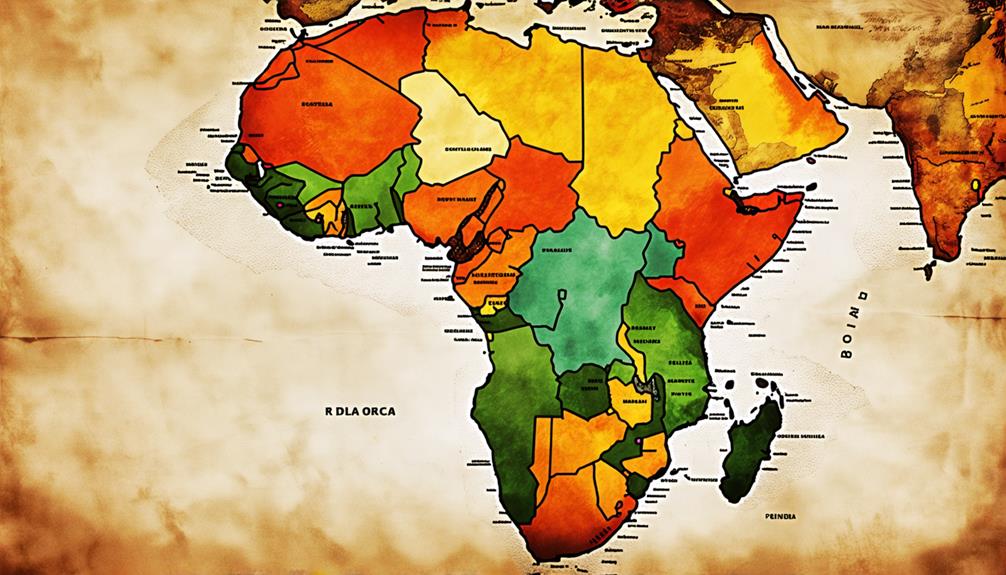
Leave a Reply